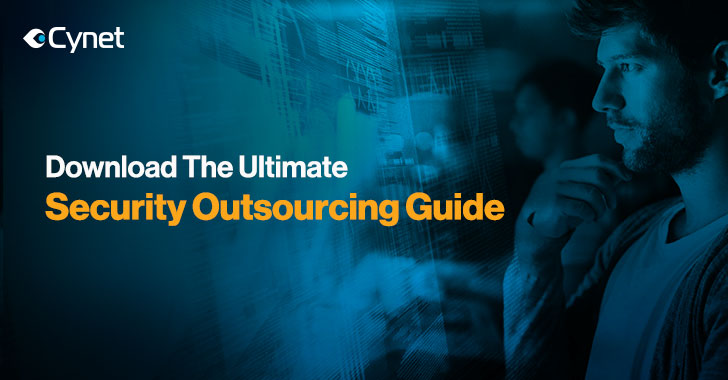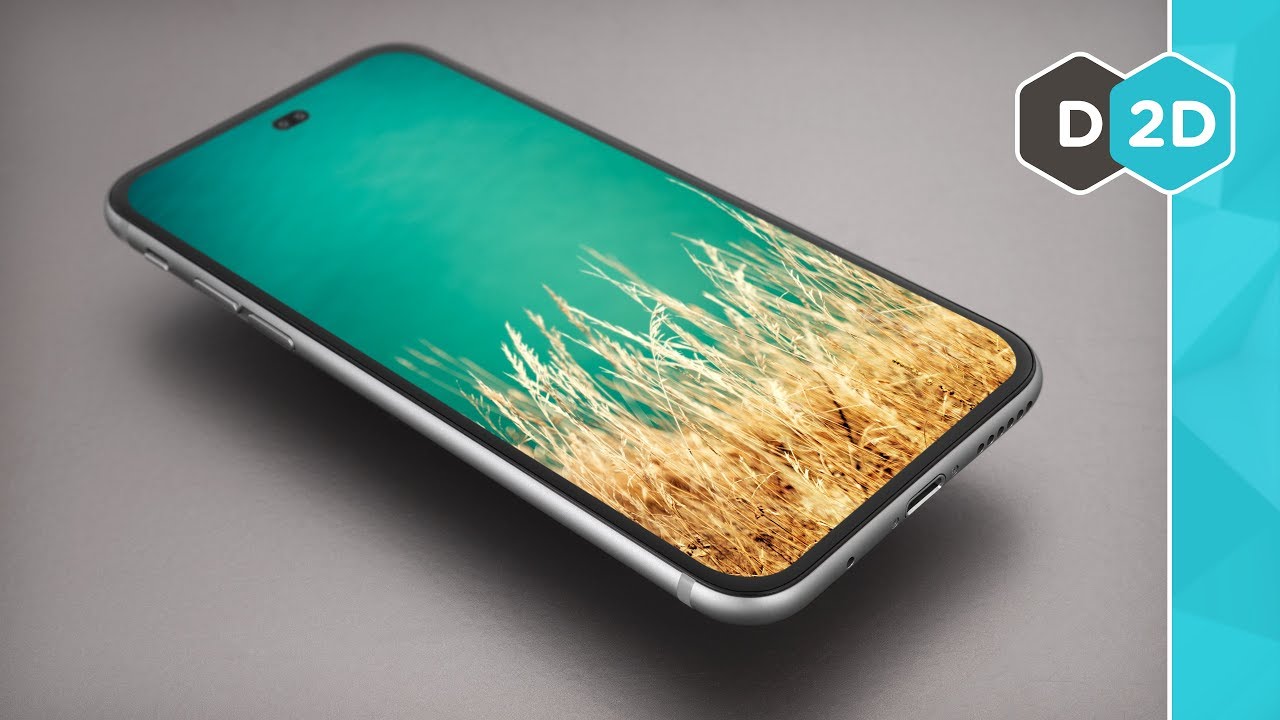Mobile payment apps have been steadily growing its user base in recent years. The super convenience of making payments, accumulating funds and initiating transfers are to blame. In true sense, apps are accounted as the digital wallets which are granting the users with all facilities of monetary transactions. With millions of users joining the rage of mobile payments, app marketers predicted some billions increase in the total revenue of the apps industry due to the growing hype of quick-pay and transfer apps.
Clearly, this is the right time to invest in one such app that will serve as a digital wallet!
This article serves a complete guide to help you have your own featured, custom payment app.
Base functionalities needed in a digital app
Secure registration of the users: The app should enrol users with identity check, and provisioning of essential credentials for like user ID, password.
Secure database for information: Users should be able to provision and save information like account details, credit/debit card details, payees’ account information and so forth.
Wallet support: The users could be able to fund up money in their digital wallet anytime by linking it with a credit/debit card, bank account, or other eWallet.
Other inclusive features that a payment application should have are cashbackgenerator, e-statements for payments or invoices, push notifications and third-party API integrations.
Step-by-step guide to get a payment app ready
Decide the platform you want to target
Your payment app can solely target iPhones or Android phones or both. The user group you want to target must be decided on the basis of intensive market research. Means, you need to go through the usage data of Android versus iOS devices in the country and then target the one that grabs a greater market share. However, if you have an extended budget, targeting both the segments with a cross-platform app is the wisest thing ever to gain enough users.
Designing the wireframe
You know well the concept of your app. It will act as the middleman to allow a mobile user to transfer fund to another person’s wallet or account. Apart from enabling peer-to-peer payment, it will also help in making payments for bills, movies/flight tickets, shopping, etc. Designing the wireframe for such a comprehensive app is one of the first steps for development which will take about 30 hours. It will give you a glimpse of what functions the app will contain and how will they look.
Developing the API for the users to connect with services providers
The next step for developing a payment app which depends completely on third-party services is to get an API that interfaces between the mobile users and service providers including banks, billing portals, shopping sites, and so on. The hours needed for developing the API depends on the number of third-party supports or services providers required in the app.
Finding a reliable payment gateway services provider
Along with the development of the API, you need to look for a reliable operator who will provide the services of the payment gateway to secure every payment process initiating on the app.
Designing the app
A very convincing and simple design can help your payment app grow its user base. Easy-to-use design will help it retain the users coming to their app. Thus, keep in mind to get that app designed with great simplicity yet with an appealing outlook.
But above of all, you need an expert mobile app developer who will be proficient enough to develop an integrating the API and payment portal into the app.
Rob Stephen
















